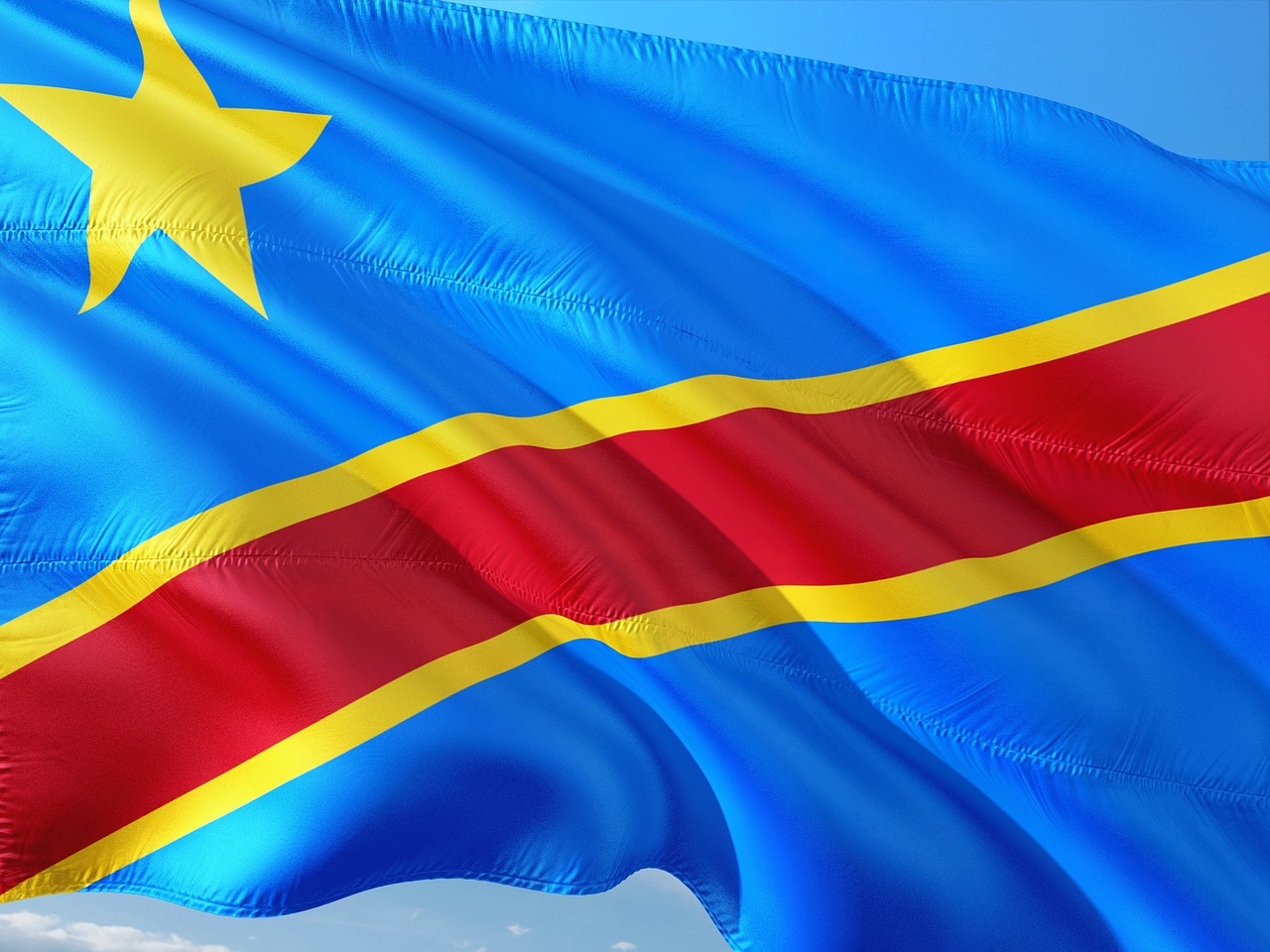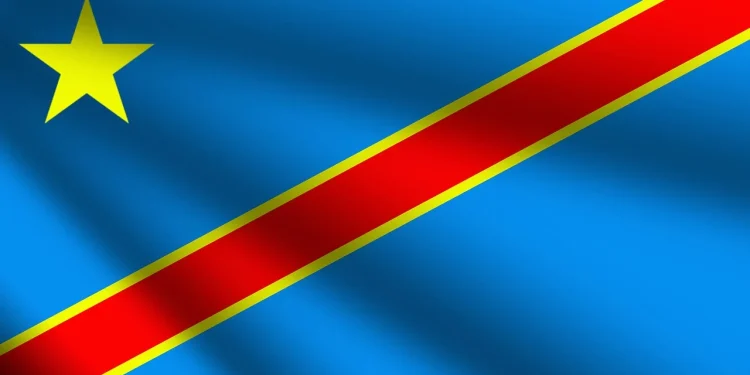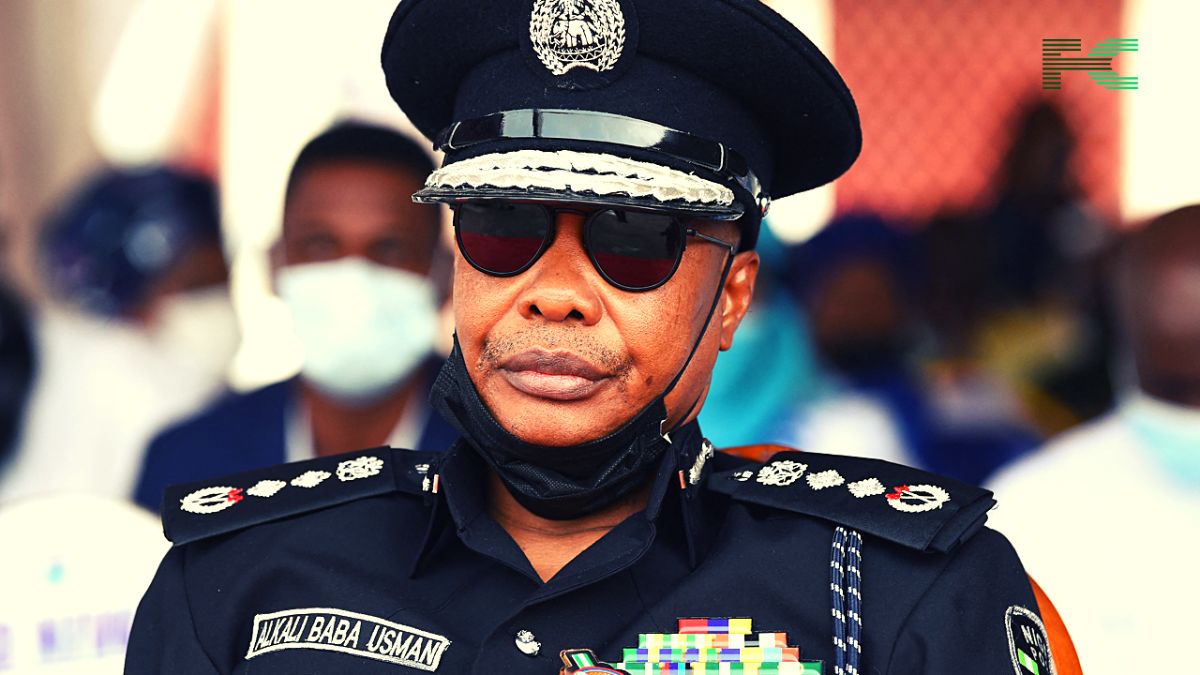Islamic State-affiliated Allied Democratic Forces (ADF) rebels have slaughtered at least 52 civilians in a series of brutal machete and hoe attacks across eastern Democratic Republic of Congo’s Beni and Lubero territories.
The coordinated massacres, occurring between August 9-16, shows the ADF’s brutal retaliation against civilian populations following recent battlefield losses to Congolese armed forces and their Ugandan allies. United Nations officials confirmed the death toll includes eight women and two children, with numbers expected to rise as search operations continue in remote villages where entire communities were systematically targeted.
How ADF Fighters Systematically Massacred Civilians
Local authorities described horrifying execution methods employed by ADF militants during the nighttime raids. In Lubero’s Bapere sector, rebels awakened sleeping residents, gathered them in centralized locations, bound them with ropes, and methodically slaughtered them with agricultural tools.

Military administrator Alain Kiwewe reported approximately 30 victims in Melia village alone, where attackers slit throats of women and children inside their homes before torching dwellings. These tactics reflect the ADF’s pattern of psychological warfare through extreme violence against undefended communities.
The United Nations Organization Stabilization Mission in the Democratic Republic of the Congo (MONUSCO) issued its strongest condemnation of the attacks, highlighting the deteriorating security situation in Congo’s mineral-rich eastern provinces.
Despite increased joint military operations between Congolese and Ugandan forces, the ADF continues demonstrating ability to penetrate civilian areas with impunity. The recent massacres follow July’s church attack that killed 38 worshippers, underscoring the militia’s persistent threat despite government claims of operational successes.
Why It Matters
The ADF’s latest atrocities occur within the complex geopolitics of eastern Congo, where multiple militias wrestle for control over mineral resources and territorial influence. Originally Ugandan insurgents, the ADF has evolved into Congo’s most lethal armed group while maintaining ties to Islamic State central command. Their hybrid ideology combines local grievances with global jihadist narratives, enabling recruitment among marginalized communities while securing external funding. The group sustains itself through illegal taxation, resource exploitation, and systematic violence designed to eliminate resistance.

















